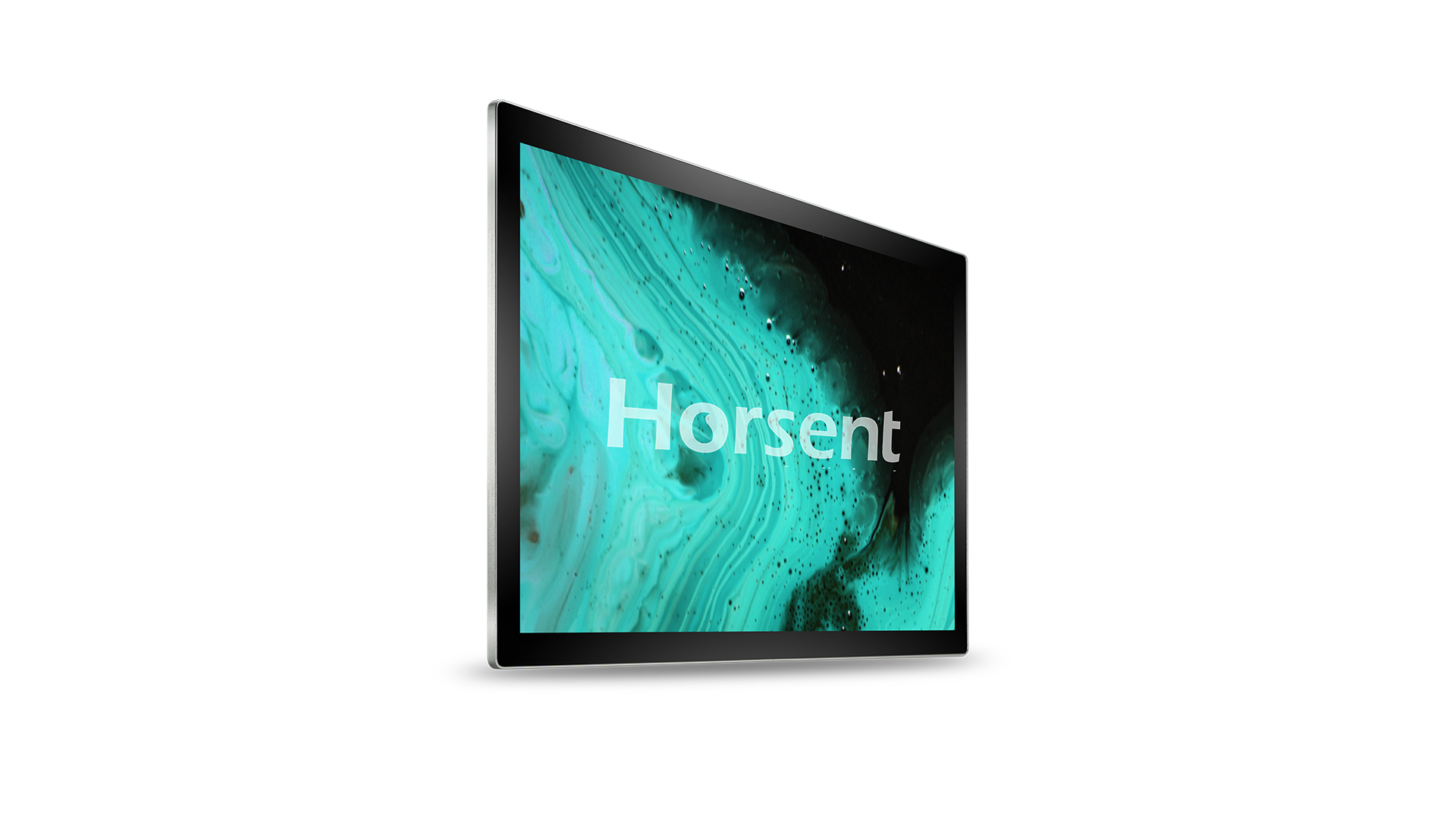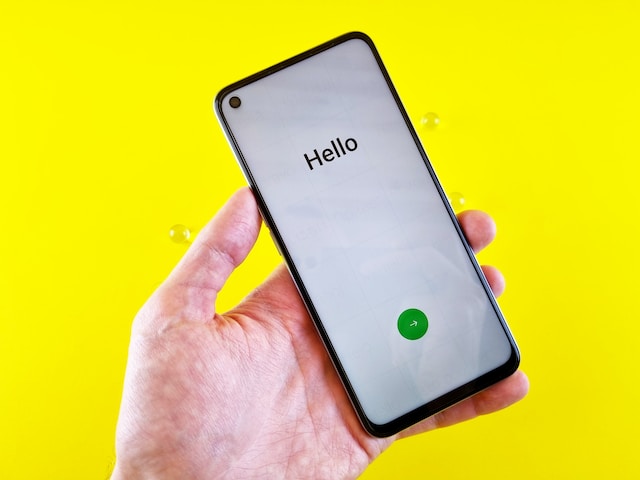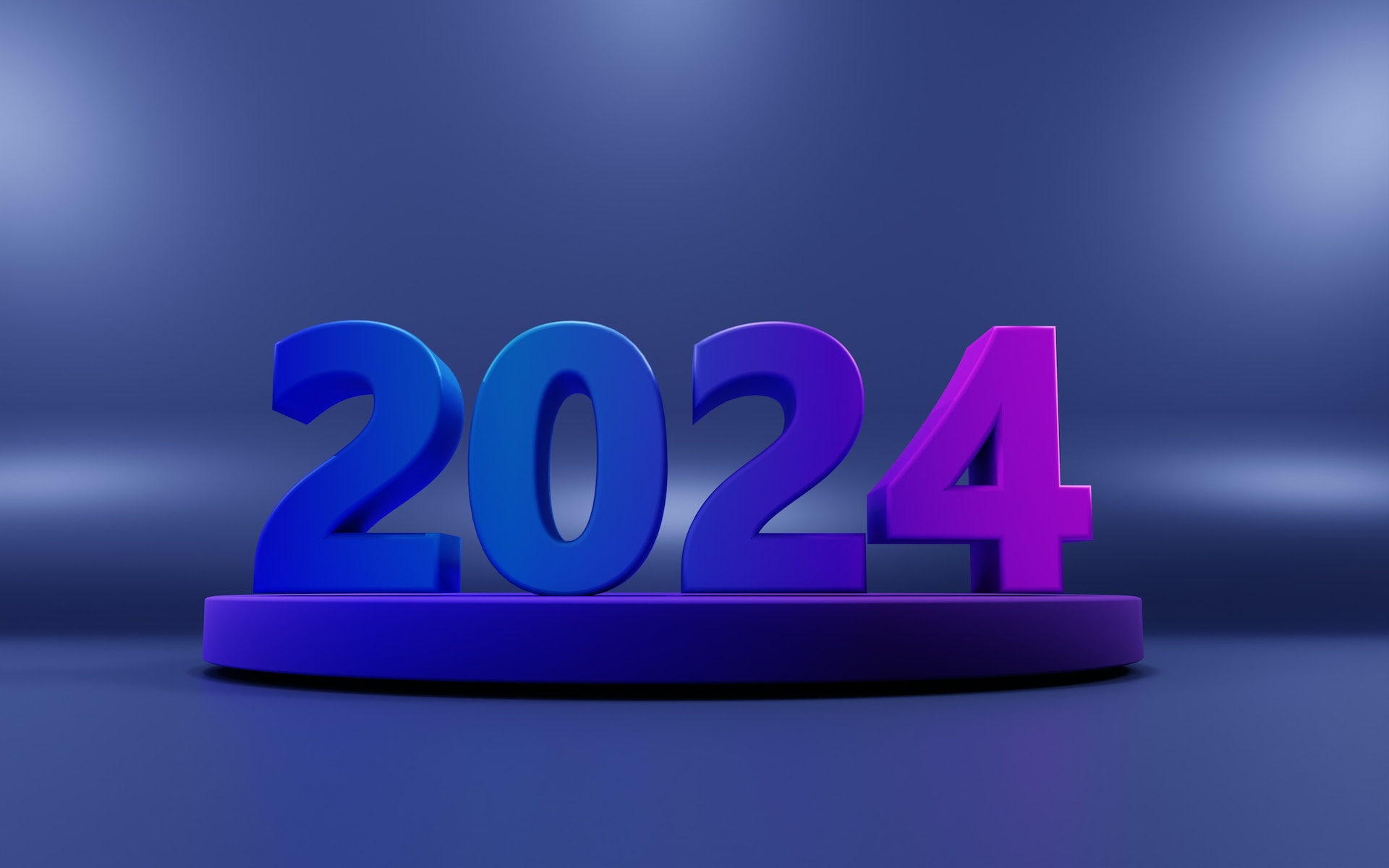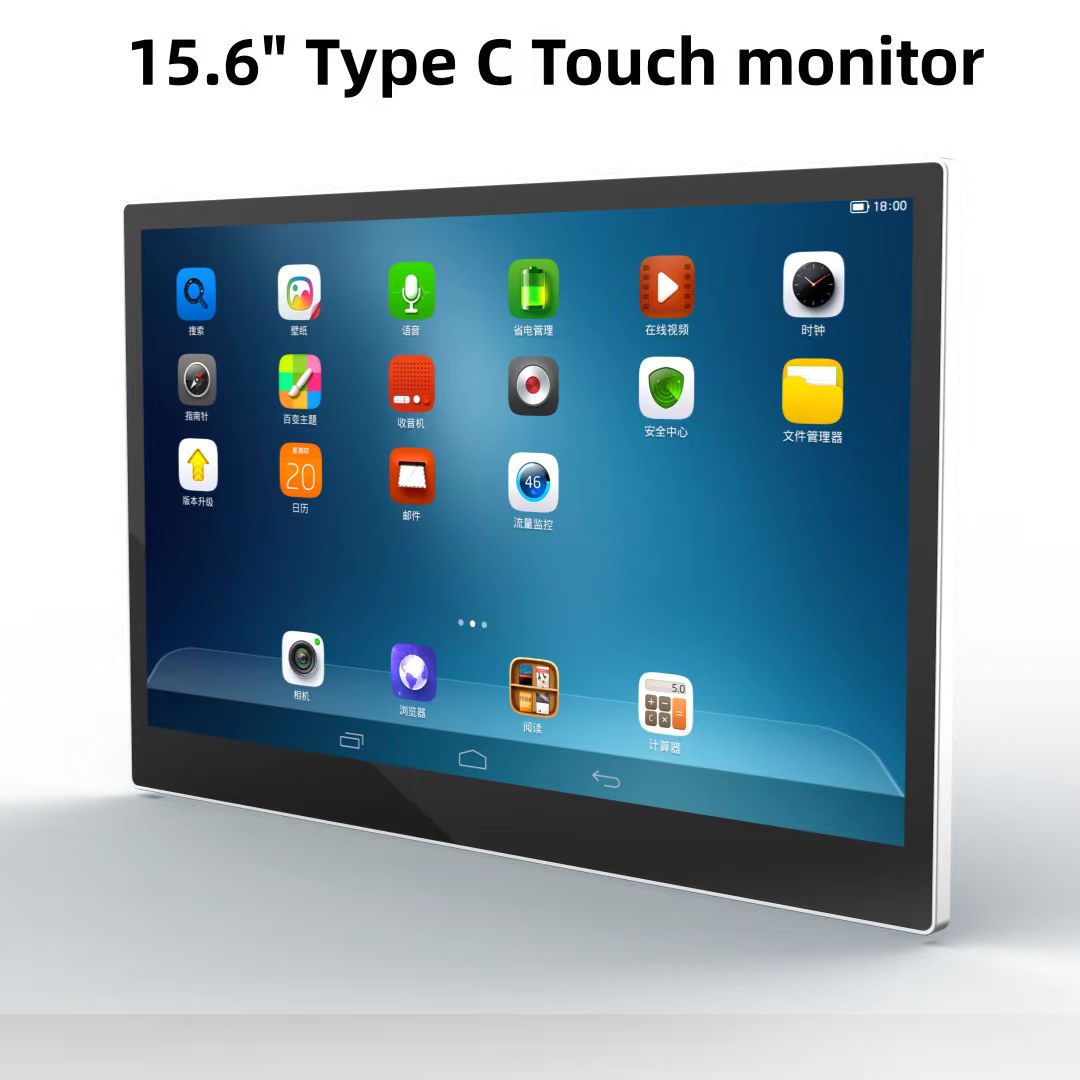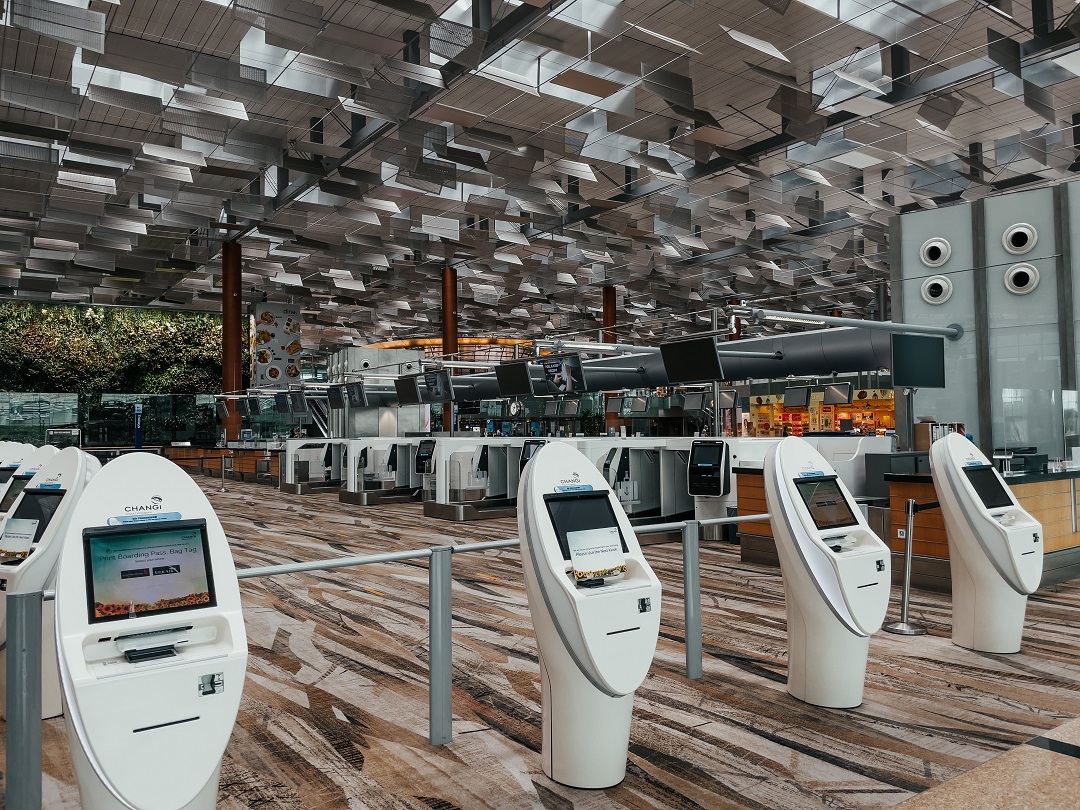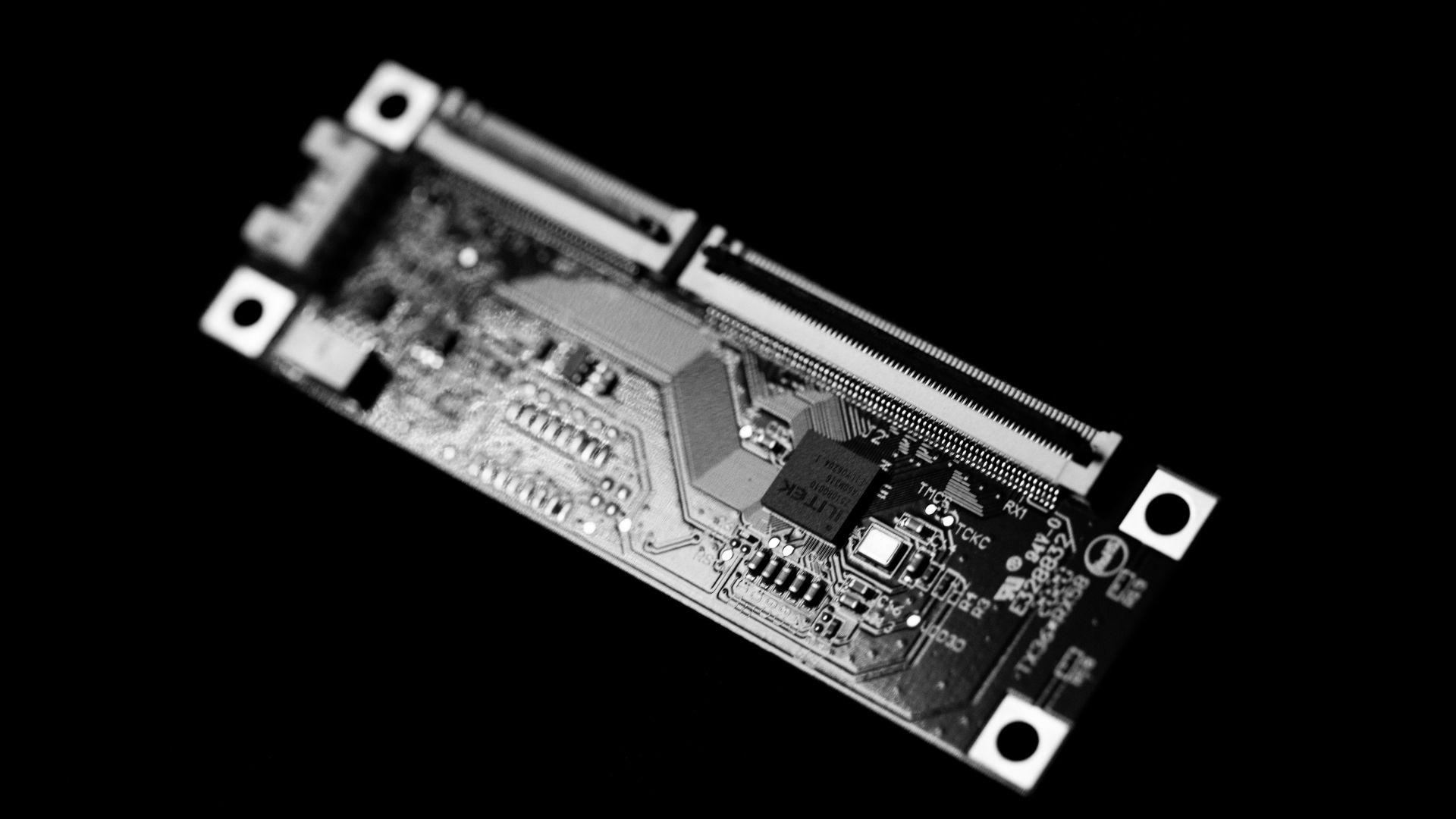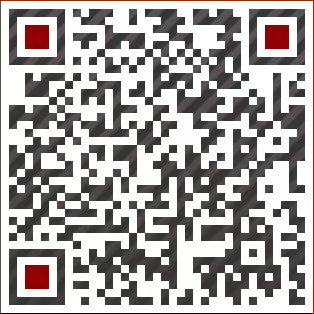With the development of science and technology, the Internet and digitalization have brought about disruptive changes in many industries, and the field of healthcare is no exception. The global medical and health industry is continuously integrating high-tech technologies such as artificial intelligence, Internet of Things, big data, and 5G across borders, making medical services stride toward intelligence. Advances in technology are transforming the medical industry, enhancing the efficiency and quality of patient care. And touch monitors have become an integral part of smart medical construction.
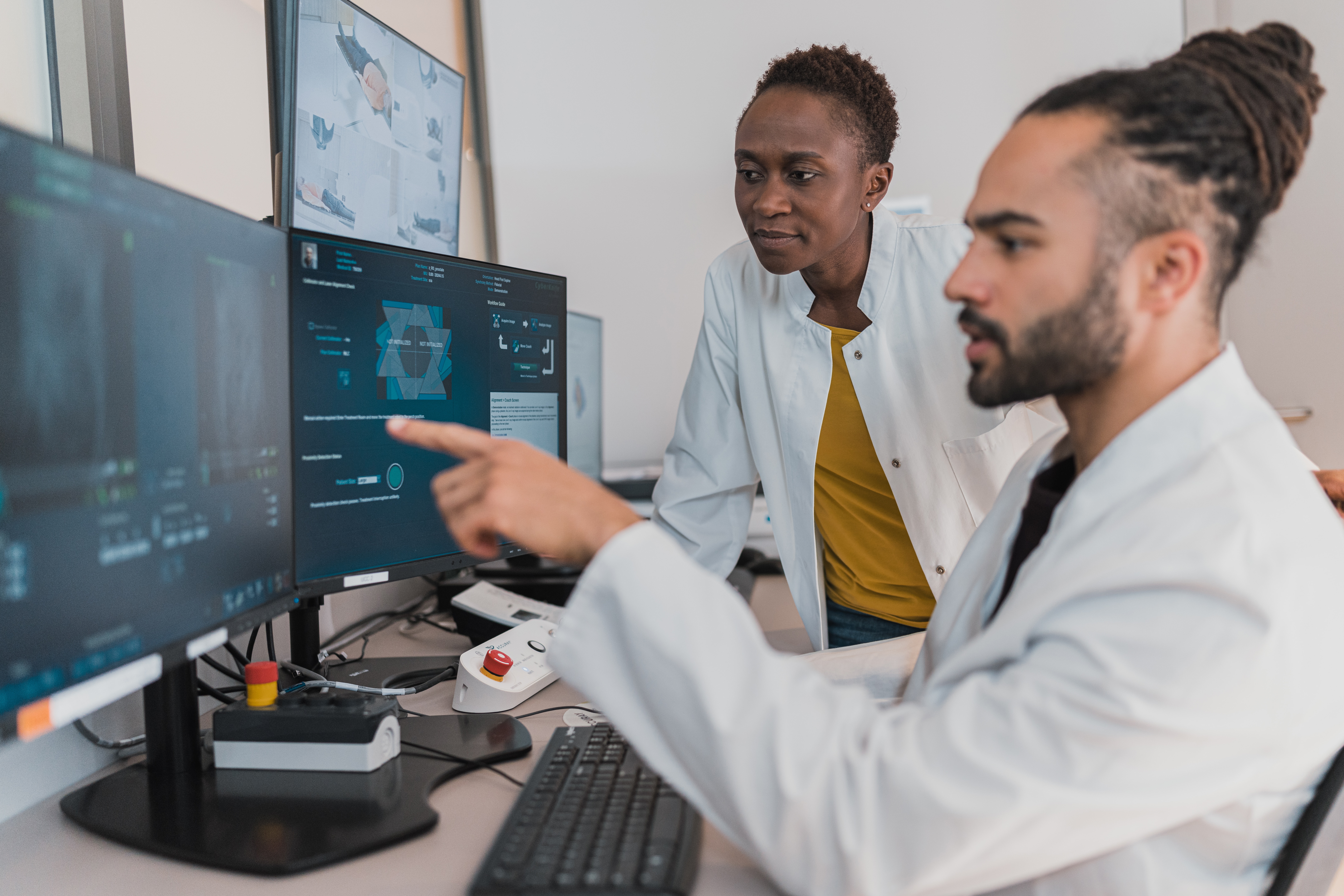
Why is touch monitor so important
Improved User Interface:
The traditional method of interacting with medical devices often involved buttons, switches, and complex menus, making the operation cumbersome and time-consuming. Touch monitors replace these traditional controls with an interactive display, creating a user-friendly interface that is easy to navigate. Healthcare professionals can input and access information in a more intuitive manner, allowing for faster and more accurate decision-making.
Efficient Data Handling:
Touch monitors enable real-time data entry and retrieval, eliminating the need for manual data transfer from paper to electronic systems. This not only reduces the risk of errors but also saves valuable time. Medical staff can seamlessly update patient records, monitor vital signs, and review test results directly on the touch monitor, ensuring that information is accurate and up-to-date. Additionally, touch monitors facilitate the centralization of data, making it easily accessible to authorized personnel, enabling collaborative care and efficient communication.
Streamlined Workflows:
The integration of touch monitors in smart medical construction optimizes workflow processes. Tasks such as appointment scheduling, patient registration, and inventory management can be efficiently handled using touch-operated systems. With quick access to vital information, medical staff can prioritize patient needs, eliminate paperwork, and focus more on providing quality care. Furthermore, touch monitors can be interfaced with other medical devices, such as imaging equipment and lab analyzers, allowing for seamless data integration and analysis.
Enhanced Patient Experience:
Smart medical facilities incorporate touch monitors to enhance the overall patient experience. Patients can interact with touch monitors for self-check-in, access educational materials, and securely communicate with medical professionals. Touch monitors also help improve patient safety by reducing the risk of errors in medication administration, as healthcare providers can easily verify patient identity and medication details before administration. Moreover, patients can enjoy personalized entertainment options in their rooms, reducing stress and contributing to a positive recovery environment.
Future Implications:
As touch monitor technology continues to advance, it is expected to revolutionize smart medical construction even further. Integration with artificial intelligence (AI) and machine learning algorithms will enable touch monitors to learn from patient data, empowering healthcare professionals to make informed decisions and provide personalized care. Furthermore, touch monitors’ portability and wireless connectivity will enable seamless integration with mobile healthcare applications, empowering patients to monitor their own health and communicate with healthcare providers remotely.
Horsent has introduced medical touch monitors to medical systems such as pharmacies, clinics and hospitals. We have rich experience and professional team to provide customized service.
You can choose 21 inch touch screen signage works as doctor status digital signage, and 32 inch open frame touch screen or 43 inch is designed for touch tables in the waiting room, etc.
No matter what kind of needs you have, you can contact our sales team (sales@horsent.com).
Post time: Dec-13-2023

